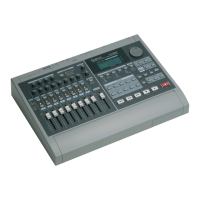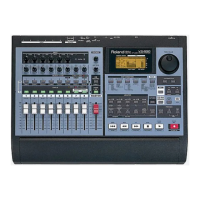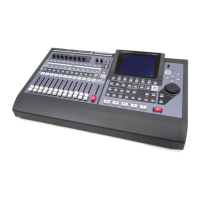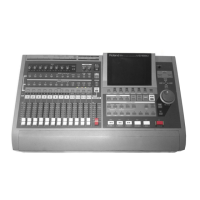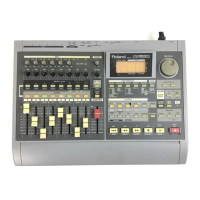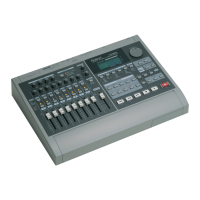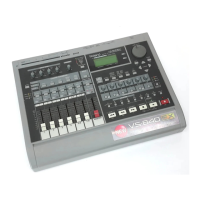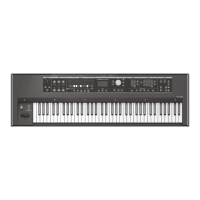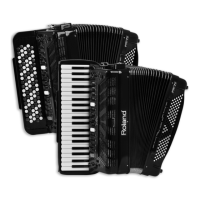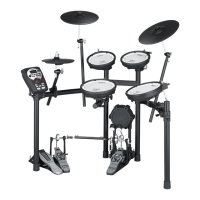Roland VS-2400CD Owner’s Manual www.RolandUS.com 83
6—Understanding the Hard Disk Recorder
This describes the fundamentals of hard disk recording in the VS-2400CD. If you’re
new to hard disk recording, you’ll find all the basics here. We’ll explain:
• what a hard disk drive is.
• how a VS-2400CD hard drive organizes data.
• how a hard drive must be prepared for use by the VS-2400CD.
• how the VS-2400CD records audio on a hard drive.
• how the VS-2400CD plays back audio recorded on a hard drive.
• non-destructive, pointer-based editing.
• what a VS-2400CD phrase is.
• what a VS-2400CD V-Track is.
• what a VS-2400CD track is.
• what a VS-2400CD region is.
Even experienced users should read about VS-2400CD tracks and their contents: takes,
V-Tracks, phrases and regions. You’ll need to understand what each of these is to fully
master the VS-2400CD editing capabilities. See Page 87.
VS-2400CD Hard Disk Drives
What’s a Hard Drive?
A hard drive is a hardware mechanism that contains one or more rigid platters—that’s
why it’s called a “hard” drive—on which data is stored. A hard drive may also be
referred to as a “disk drive.” In the VS-2400CD, your hard drive stores all of your
recordings and project settings. A hard drive is a great way to store and quickly retrieve
data, and provides for some amazing features, as we’ll see.
Your VS-2400CD shipped from the Roland factory with a 40 GB (gigabyte) IDE hard
drive installed. This provides lots of space for your projects.
How a VS-2400CD Hard Drive Organizes Data
A VS-2400CD hard drive divides up its total disk space into sections called “partitions.”
Partitions help keep project data together on the hard drive. Each partition acts like a
separate virtual drive—it even looks that way on the VS-2400CD’s screens.
Your 40 GB VS-2400CD internal hard drive was divided into four approximately 10 GB
partitions at the factory. These partitions are labeled IDE:0, IDE:1, IDE:2 and IDE:3.
Internal hard drive
VS2400OMUS.book 83 ページ 2006年2月28日 火曜日 午前11時12分
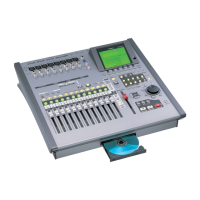
